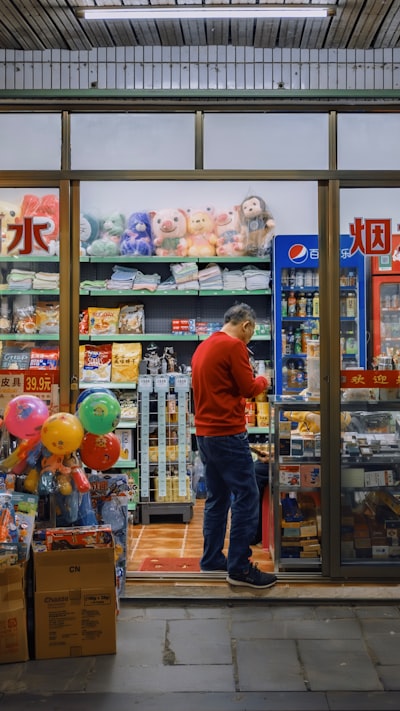Summary
The article highlights the surprising popularity of Pop Mart, a Chinese designer toy brand, at its Manhattan location in New York's Oculus mall. Known for its affordable ‘blind box’ collectibles, Pop Mart has managed to attract feverish American interest, making products frequently sell out. The success story is notable enough that China’s ambassador to the US cited it, alongside a leading Chinese AI firm, as an example of positive Chinese consumer influence in the American market.
Analysis
Pop Mart’s American success story reveals several underlying dynamics. On one level, it illustrates how Chinese consumer goods—once seen as generic or low-cost—are evolving to capture the imaginations and wallets of US shoppers through clever design, branding, and cultural resonance. While US–China headlines often dwell on tariffs, geopolitical sparring, and mutual suspicion, cases like Pop Mart suggest ongoing people-to-people curiosity and demand.
A possible bias in the article lies in its celebratory tone—drawing attention to what might be isolated successes without addressing wider obstacles facing Chinese brands in the US. Broader issues like the politicization of trade, regulatory scrutiny, or lasting consumer skepticism remain unexamined. That said, the framing—highlighting both fun (toys) and tech (AI)—points to a deliberate attempt to foster a narrative of soft power and economic opportunity, transcending political tensions.
Discussion
The story is significant because it challenges monolithic, often negative, stereotypes around US–China commercial interaction. Pop Mart’s niche collectibles thrive in a market famed for both consumer diversity and skepticism toward foreign brands, especially from China. What makes a brand like Pop Mart succeed where so many others struggle? The allure of mystery, nostalgia for collectibles, affordable price points, and Instagrammable aesthetics merge global trends with a distinct cultural twist.
It also prompts questions: Could similar Chinese brands follow suit, or is Pop Mart an exception? Are we seeing a shift toward cultural diplomacy through commerce, where mutual enjoyment of toys or specialty items builds bridges subtly, even as broader relations remain fraught? How sustainable is this success in the face of geopolitical headwinds or changing consumer sentiment?
From another angle, the embrace of foreign products, especially those with sentimental or playful value, has historically served as a soft landing spot for deeper economic integration. Recall how Japan’s Hello Kitty or Korean K-beauty brands made inroads abroad before their countries’ tech and cultural exports became household names.
Ultimately, stories like Pop Mart’s remind us that beneath trade statistics and policy debates lie more granular, human connections shaped by curiosity and shared desires. The challenge—and opportunity—for both countries is to nurture these connections without ignoring, or being subsumed by, the thornier realities of global politics.

Comments
No comments yet. Be the first to comment!